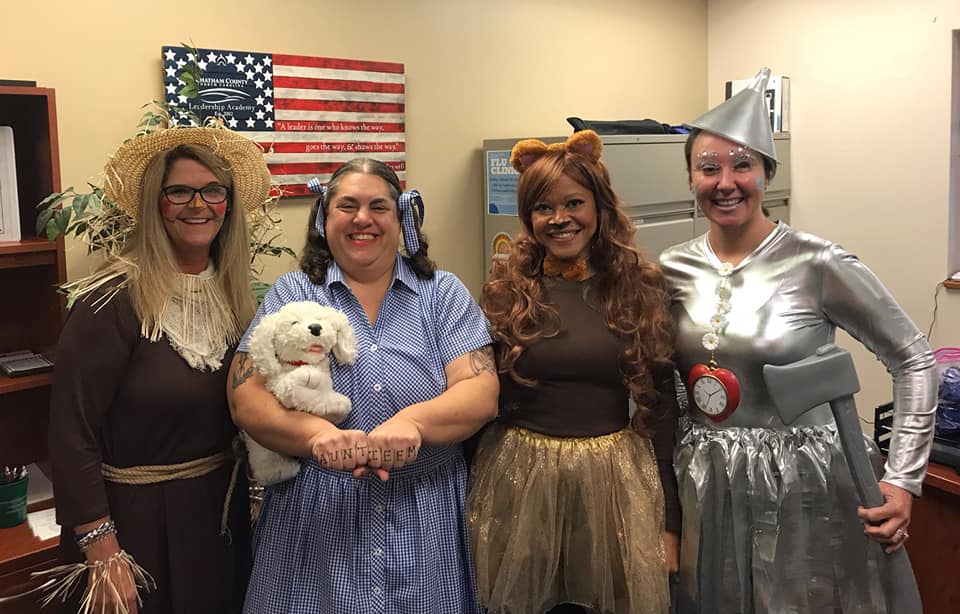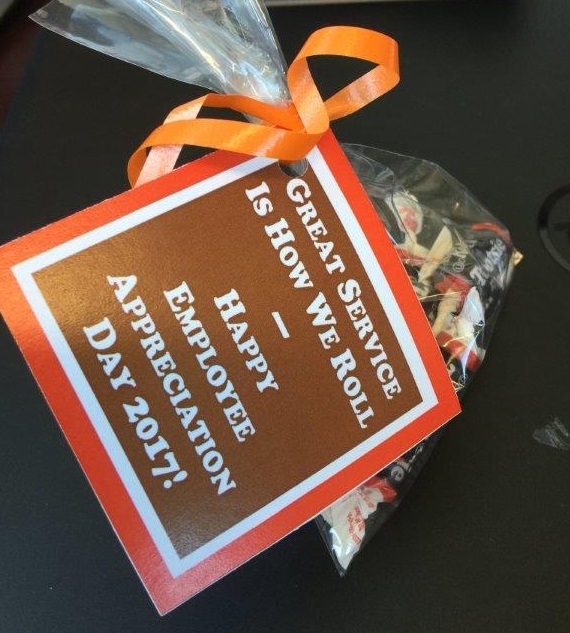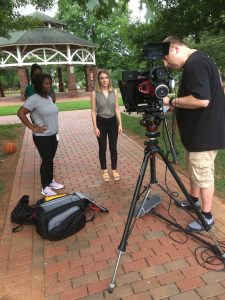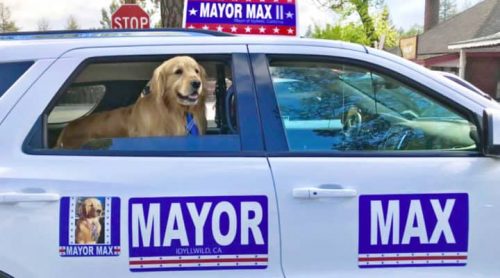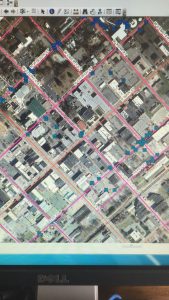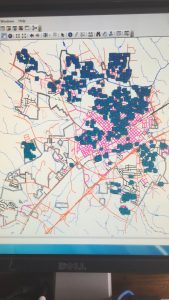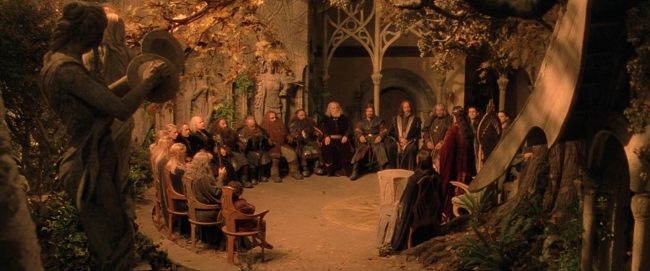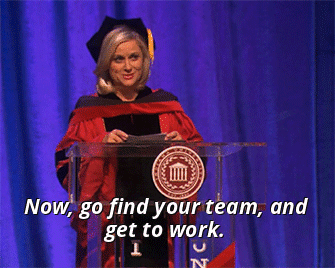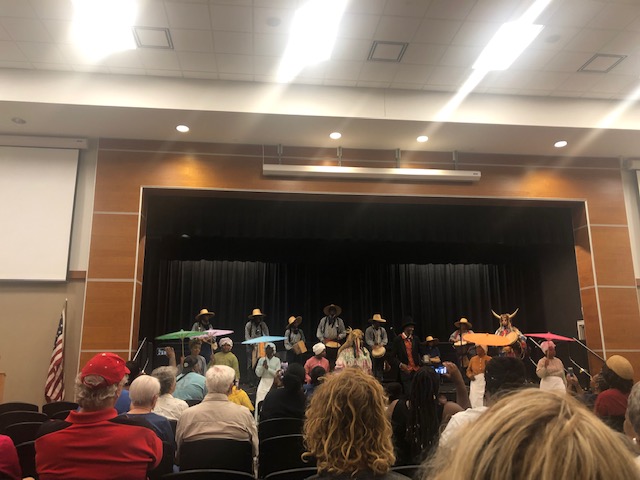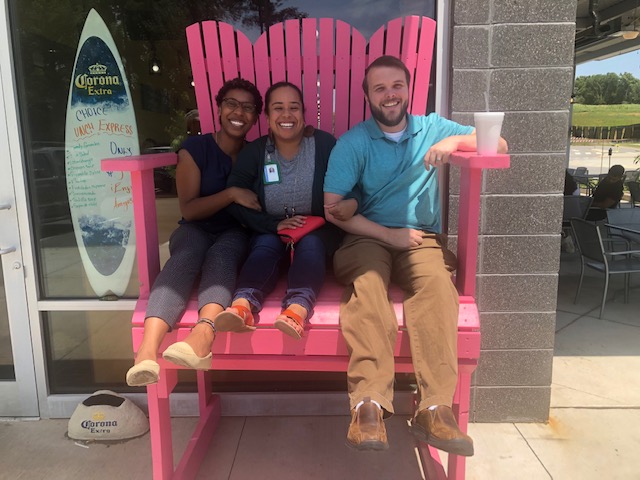I will preface this week’s post by saying that Public Services does A LOT around the City of Salisbury. What I describe may not encompass everything and will definitely not do the department justice for their awesome work, but it would probably be bad blogging if I didn’t try.
P.S. – Sorry for the long post, but I broke it up with some pictures to help!
HAT 1
The first hat (and of course I mean role/job – they actually all have the same matching hats) I was exposed to was that of the crews repairing and replacing asphalt and concrete. Crews of around 4 will go to different locations where a road/sidewalk issue was either reported by a citizen or spotted by staff and repair it.

While every job is different, the asphalt crew above laid down a sort of adhesive that helps the new asphalt stick, filled in a sunken spot in the road, and leveled it out again (call it a top-off to show off to local gov friends!). The concrete crew below is finishing a sidewalk (sorry if this triggers any of my repeat readers) that was torn up to gain access to a pipe below. While crew members have certain preferences or jobs they are better at, Public Services values flexibility, so most staff are cross-trained to run any crews or machines necessary.

HAT 2
The second hat of the week was with solid waste, more commonly known as the people that come by once a week and take your trash to a magical far off land (SPOILER ALERT – it’s the Rowan County landfill). Trash pickup itself is a pretty simple concept, BUT WAIT, I brought a gift in the form of a fun fact: the trashcans have to be somewhat cylindrical so that the automatic arm can get a good grip. One day this week, a lady called to ask if we had mistakenly taken her trashcan. After calling up the driver on her route, it was discovered that she had an older model can with a square shape, which the mechanical arm decided to throw away for her (the can slipped out of the arms grip).


Recycling has been a hot topic lately, since China decided to stop taking the highly contaminated materials from the US (top challenge in local government: teach citizens proper recycling practices). Salisbury waste is fortunate to work closely with Rowan County, that has a neat recycling program that managed to find buyers for the materials it does recycle. At the Rowan recycling locations, one of which is seen below, the main materials accepted are aluminum cans, steel and tin cans, cardboard, 1 and 2 plastics, and glass. Feel free to ask me for more information, but the neatest thing to find out is that Rowan actually found a company in North Carolina that will buy their glass and use it for glass (glass-to-glass recycling instead of grinding it up for another purpose). This is neat because the lack of market for and heavy weight (more expensive shipping) of recycled glass has forced a lot of places in the US to stop recycling it.
HAT 3
The third hat is worn especially by one man, who is a landscape architect and arborist among other certifications. He helped design a number of neighborhood parks and is extremely knowledgeable about tree and plant life. One cool service Salisbury is testing is having the arborist respond to calls from concerned citizens to educate and prevent future damage from dying trees. This is certainly a position that could get overlooked in government, but it goes a long way to making Salisbury look beautiful and feel safe.
HAT 4
Stormwater control is a crucial and fascinating hat of Public Services. Not only do they maintain those storm drain systems you see on the road (gutters that lead to grates in the ground) that help prevent flooding, but they work to ensure that stormwater enters the streams and other water systems without harmful contamination. They even bought a new street sweeper, Unicorn 1, as a cost efficient way to keep harmful metals and other trash out of the system. My personal favorite part of the job is that they not only test the water with probes, but they look at the aquatic life as an indication of water quality. The Mayfly, for example, is a sensitive aquatic based insect that cannot survive in poor water – the more Mayflys you find, the better your water is doing.

HAT 5
Cemetery duty is important, especially in a town as old as Salisbury. While it comes with the maintenance of the cities cemeteries, it also includes helping with more historic based projects. One such project, currently getting ready for phase 2, is the creation of a memorial and cemetery for the nearly 500 unmarked African-American graves that were discovered in a field in town.
This job also comes with the crucial job of protecting “the foot”. In this case, the picture says more than I can – and YES, it is an actual grave.
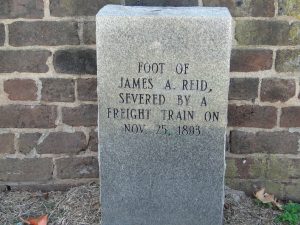
HAT 6
I admit that as I write this, I have not yet been with the Fleet division of Public Services. However, I am told that they can maintain and repair all of the city equipment, from new street sweepers down to weed eaters, internally. This in itself is amazing considering that, at least for the street sweeper, the equipment goes well beyond the complexity of your average car. I am very eager to find out more.
A LOT OF HATS
I am sure that there are even more hats that Public Services wears, but I have already written way more than intended on my week of experience alone. Let us just say that Public Services does a lot for the City, and there would AT LEAST be potholes, flooding, and mucky water everywhere if they were not as good and dedicated to their jobs as they are.




